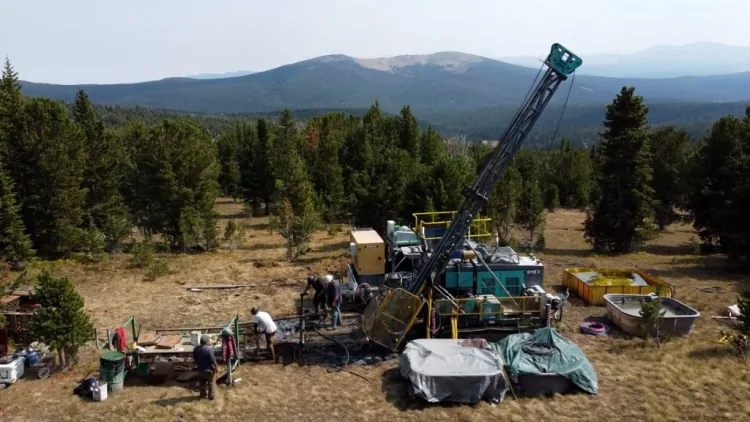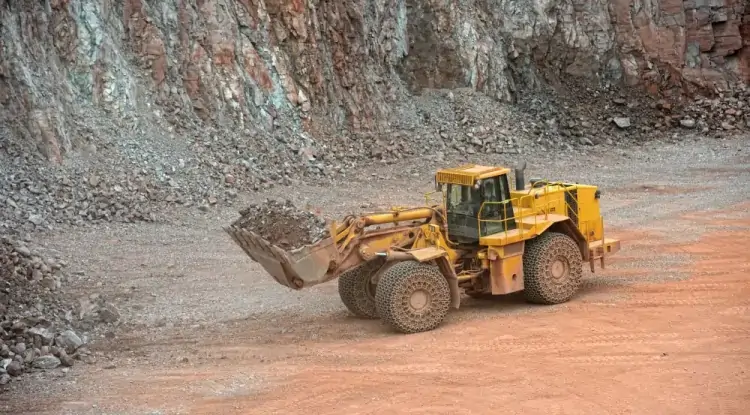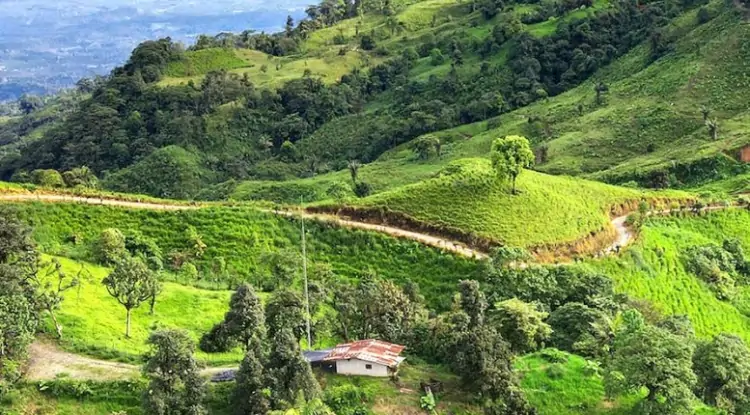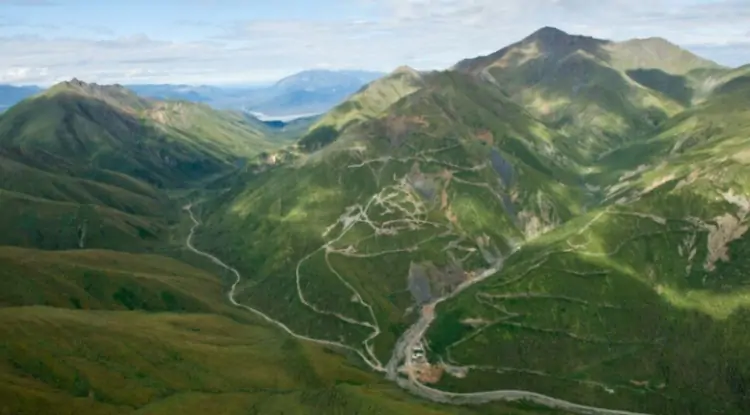Stillwater Critical collaborates with Berkeley Lab on geologic hydrogen production
Stillwater Critical Minerals (TSXV: PGE) is collaborating with Lawrence Berkeley National Laboratory to study the potential for geologic hydrogen production at its flagship nickel-PGE-copper-cobalt project in Montana.

Geologic hydrogen refers to hydrogen gas that occurs naturally within the Earth’s crust, generated through natural processes such as the reaction of water with certain types of iron-rich rocks. The company’s Stillwater West project is situated within the iconic Stillwater mining district, which hosts layered ultramafic rocks that provide favorable settings for geologic hydrogen accumulation.
The Berkeley Lab has secured funding in the amount of $2 million from the US Department of Energy via the Advanced Research Projects Agency program (ARPA-E) for this study.
The research, known as Cyclic Injection for Commercial Seismic-Safe Geologic H2 Production (CyclicGeoH2)” project, will be led by Berkeley Lab research scientist Dr. Mengsu Hu in collaboration with the University of California at Berkeley and the University of Texas at Austin.
Dr. Hu’s research focuses on multiscale numerical modeling and machine learning for analyzing coupled thermal-hydro-mechanical-chemical (THMC) processes from fundamental Earth science to subsurface energy geoscience applications.
For this study, the research team is developing technologies for geologic hydrogen production that address the challenge of extracting hydrogen both safely and economically at commercial scale. It involves the use of adaptive controls of fracture creation followed by serpentinization reactions to generate and subsequently extract hydrogen to a wellhead.
Using rock samples from the Stillwater igneous complex, the team is applying an integrated approach for developing and testing novel technology that includes laboratory tests, field characterization and multiscale numerical modeling. The research effort in the project will benefit from studies conducted by other projects supported by ARPA-E that are focusing on the enhancement of the rate of geologic hydrogen generation.
“We are excited for our Stillwater West project to be selected for this cutting-edge work in the burgeoning field of geologic hydrogen generation,” stated Michael Rowley, Stillwater Critical’s CEO. “We look forward to continued work with Dr. Hu’s team given our shared vision of securing domestic supply of the critical minerals so urgently needed by the US while also potentially generating clean energy in the form of hydrogen based on the rare geology of the Stillwater igneous complex.”
Its Stillwater project currently contains five Platreef-style nickel and copper sulphide deposits hosting a total of 1.6 billion pounds of nickel, copper and cobalt, and 3.8 million ounces of palladium, platinum, rhodium and gold.
“With the largest nickel resource in an active US mining district and a wealth of other minerals listed as critical by the US government, Stillwater Critical Minerals is exceptionally well-positioned to play a significant role in achieving these goals as we continue to advance Stillwater West as a large-scale, low-carbon source of at least nine minerals listed as critical,” he added.














